The application of artificial intelligence in maintenance and repair: An inevitable trend in the gas and petrochemical industry
How AI is transforming maintenance and repair
Traditionally, maintenance and repair in the Gas and Petrochemical Industry have relied heavily on human experience and scheduled routines. However, this approach has several limitations: high costs from conducting maintenance regardless of equipment condition; risk of operational disruptions caused by unexpected failures; and limited predictive capability due to a lack of real-time data analysis.
The emergence of AI has fundamentally changed this approach. Machine learning algorithms can collect and analyze data from sensors installed on equipment, delivering accurate predictions of when maintenance is needed. This shift enables the oil and gas sector to move from time-based maintenance to predictive maintenance—an important step toward optimizing costs and boosting operational efficiency.
At Petrovietnam, several units have been pioneers in implementing AI for M&R, with encouraging results:
Dung Quat Refinery (operated by Binh Son Refining and Petrochemical JSC – BSR) has adopted AI in its operational data monitoring and analysis systems. This allows the plant to detect early signs of equipment abnormalities, significantly reducing the risk of unplanned shutdowns.
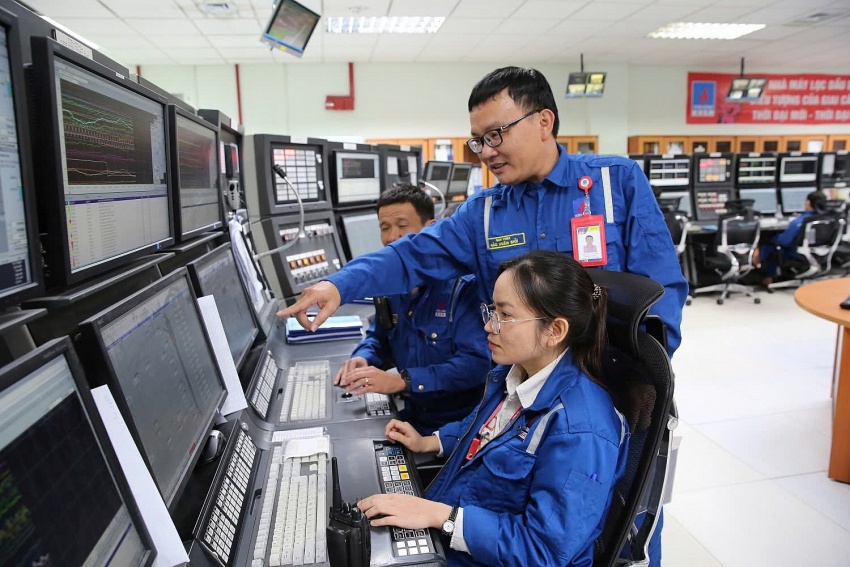 |
| BSR employees in the central control room of Dung Quat Refinery |
At Ca Mau Fertilizer Plant (PVCFC), AI is used in combination with equipment condition assessment models, allowing for accurate predictions of the lifespan of critical components. This facilitates more effective maintenance planning and extends equipment service life.
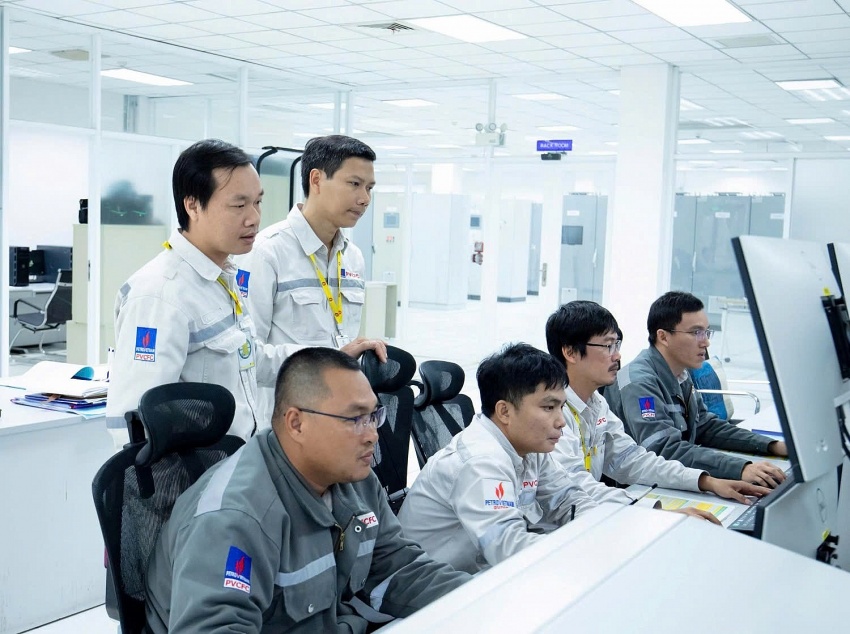 |
| Operations at Ca Mau Fertilizer Plant |
Meanwhile, Phu My Fertilizer Plant (PVFCCo) utilizes AI to analyze the performance of air compressors and high-pressure pumps—crucial components in the production process. As a result, operational efficiency has improved while energy consumption has been significantly reduced.
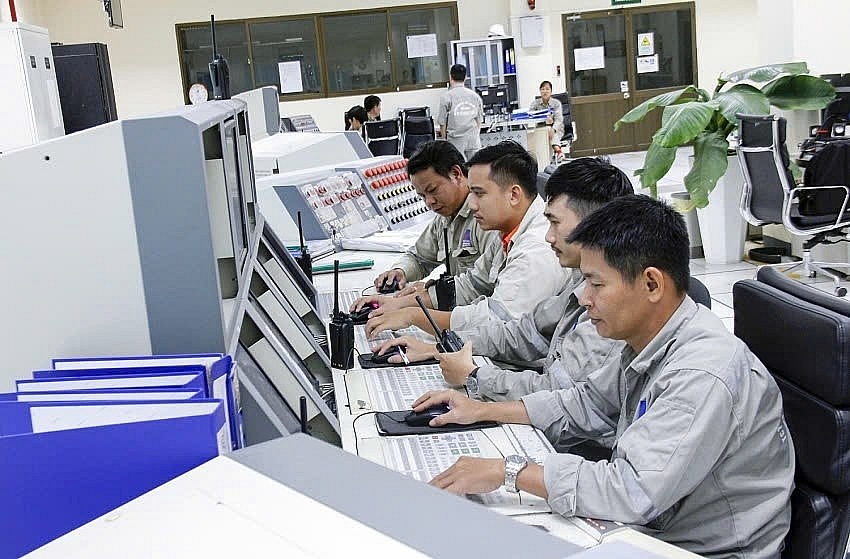 |
| Experts and engineers at the Central Technology Department of Phu My Fertilizer Plant |
Challenges and opportunities
Despite its advantages, the implementation of AI in maintenance and repair faces several challenges. First, the upfront investment is considerable, as integrating AI requires a strong data infrastructure—from IoT sensors to advanced analytics platforms. Second, there is a shortage of specialized personnel; traditional maintenance engineers must be trained to work effectively with AI technologies. Moreover, ensuring cybersecurity to protect operational data from potential cyber threats remains a critical concern.
However, the opportunities that AI brings are substantial. When properly implemented, AI can help save millions of USD in maintenance costs annually, while also enhancing safety and promoting long-term sustainability for Petrovietnam.
The adoption of AI in maintenance and repair is no longer a future trend—it has become a strategic necessity. Enterprises in the Gas and Petrochemical Industry must move quickly to seize this opportunity to improve operational efficiency, reduce costs, and ensure safety throughout production. In this digital era, AI is the key for Petrovietnam to stay aligned with global technological advancements.
| On the afternoon of March 21, 2024, PetroVietnam Ca Mau Fertilizer JSC (PVCFC) organized a thematic seminar titled “Application of Artificial Intelligence (AI) and Digital Transformation in Maintenance and Repair in the Gas and Petrochemical Industry.” The event aimed to promote knowledge exchange, share practical experiences, and explore cutting-edge technological solutions to optimize maintenance and repair activities at Petrovietnam’s facilities in the gas and petrochemical sector. |
PVN


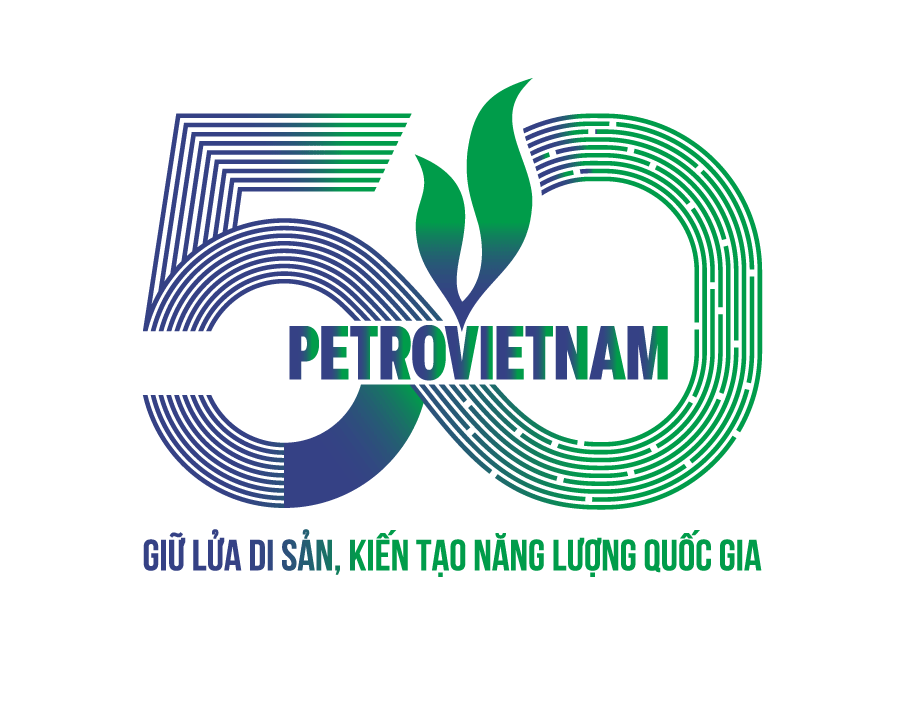
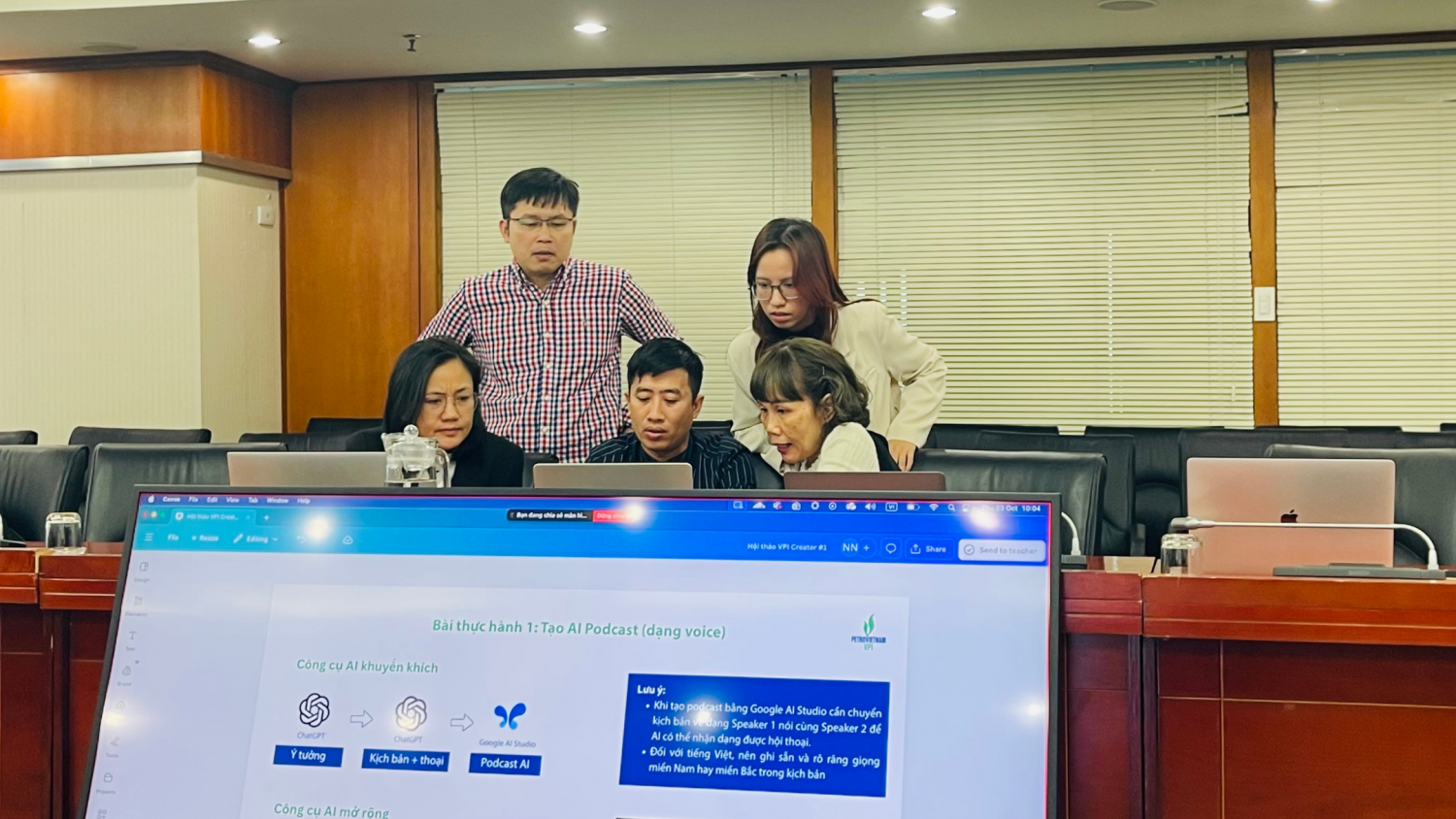
















![[Chùm ảnh] Petrovietnam khánh thành phòng STEM tại Trường THCS Lê Quý Đôn, tỉnh Tuyên Quang](https://cdn.petrotimes.vn/stores/news_dataimages/2025/112025/18/15/croped/thumbnail/sonp465620251118153738.jpg?251119074201)




















